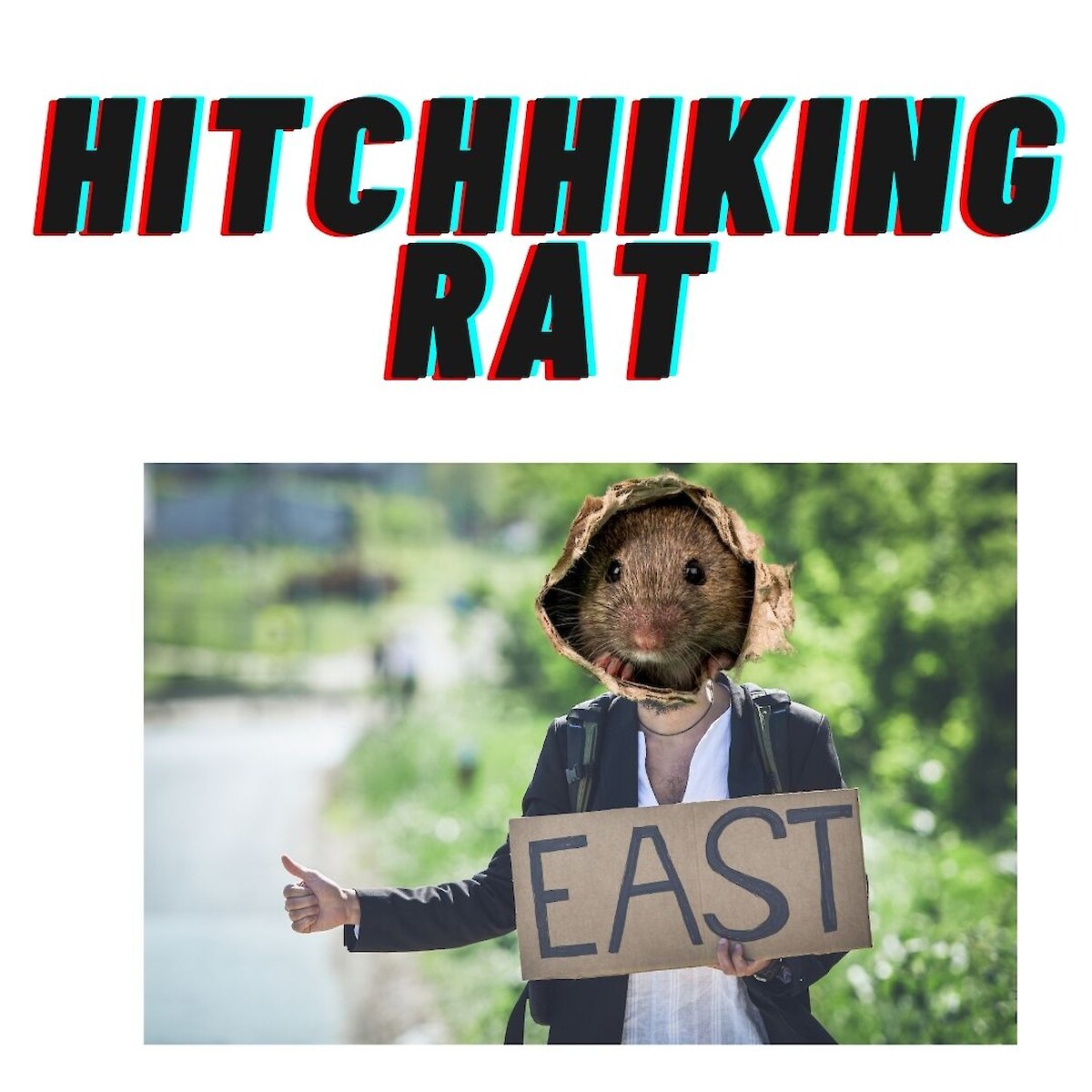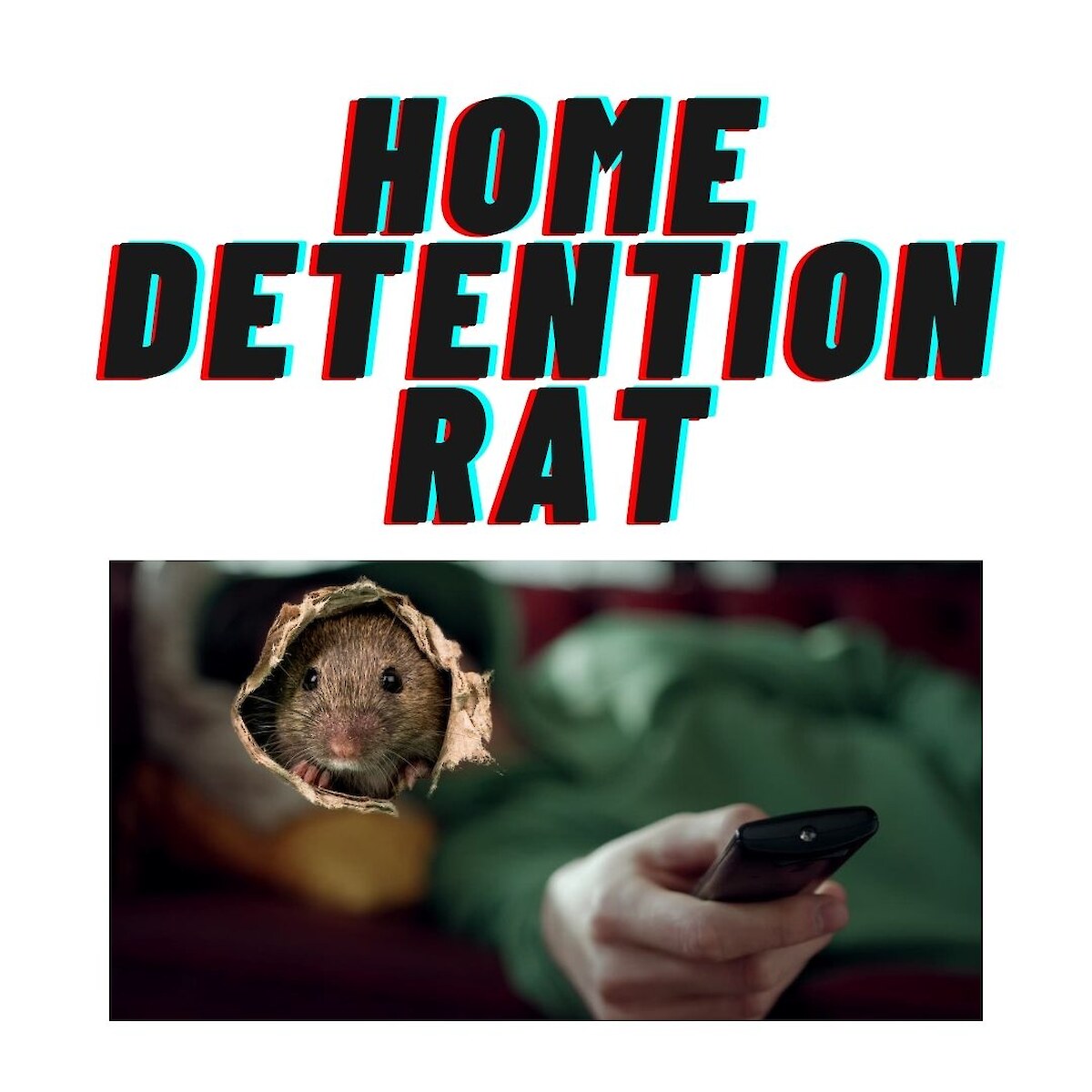How worried should we be about rats getting back onto the peninsula?
The effort to eliminate every last rat, stoat and weasel on the Miramar Peninsula – and keep them out – has many layers of defence.
It’s not one magic tool or one person or organisation, it’s a systems approach with built in layers of barriers and safeguards that requires all of us to play a part.
In an ideal world, each of these defensive layers would be impenetrable. But in the real world, they aren’t.
Fortunately, one rat getting past one trap or bait station isn’t a disaster as there are other layers of defence.
But back to the rats. They could re-appear for many reasons.
 Hitchhiking rat – it’s possible a rat could hitch a ride in someone’s campervan, trailer or car. Even a second hand Trademe couch could be a great vehicle for a hitchhiking rat. Ideally, if you’ve given a lift to a rat, deal with it as soon as you see it (eg, spade and/or resetting your traps), also phone us on 0800 NO RATS and we can quickly respond with traps, bait stations and monitoring devices.
Hitchhiking rat – it’s possible a rat could hitch a ride in someone’s campervan, trailer or car. Even a second hand Trademe couch could be a great vehicle for a hitchhiking rat. Ideally, if you’ve given a lift to a rat, deal with it as soon as you see it (eg, spade and/or resetting your traps), also phone us on 0800 NO RATS and we can quickly respond with traps, bait stations and monitoring devices.

Olympic swimming rat – rats are incredible swimmers. We will have a barrier of traps remaining all along the coastline to ensure no swimming rats get back onto the peninsula. We will be trialling a new QR code system on these traps, where anyone walking by can check them and report catches to us using the QR code scan. We will also have a team of volunteers checking these traps regularly.

Ninja rat – We will have hundreds of traps along the Rongotai isthmus. We will also be using AI camera technology in known high risk areas and rely on the community to report sightings. If any signs of rat activity are noticed, we can respond immediately. The important thing is that we can get to any individual rat quickly so it doesn’t have a chance to breed.
 Home detention rat – there is a small chance that we have a rat or rats who have been hiding from us this whole time. Happily living in home detention, potentially under some cape ivy or in a 1m2 all you can eat compost buffet. Again, this is where we need community vigilance. Let us know if you see any signs of rat activity and we will respond immediately.
Home detention rat – there is a small chance that we have a rat or rats who have been hiding from us this whole time. Happily living in home detention, potentially under some cape ivy or in a 1m2 all you can eat compost buffet. Again, this is where we need community vigilance. Let us know if you see any signs of rat activity and we will respond immediately.
Elimination is something we have to keep working at.
Our systems are good. Our people and our volunteers are fantastic. As we move into phase 2 it will take pressure off the peninsula and make our defences even stronger, but they are not a magic bullet. We need people to be vigilant and appreciate what a special place the peninsula is.
We’re in this for the long haul, and it’s up to all of us to play our part.
One last word. It’s not just about the rats!
What we are now seeing…
The peninsula is now safer for ground nesting birds, such as kākā and kākāriki. These birds have made a couple of tiki tour visits to the peninsula recently, and we’re hoping for their permanent return.
We are already seeing an increase in native birds, up 33% since we started the eradication. Tree wētā populations have also doubled. Let’s celebrate!
Posted: 22 July 2021
